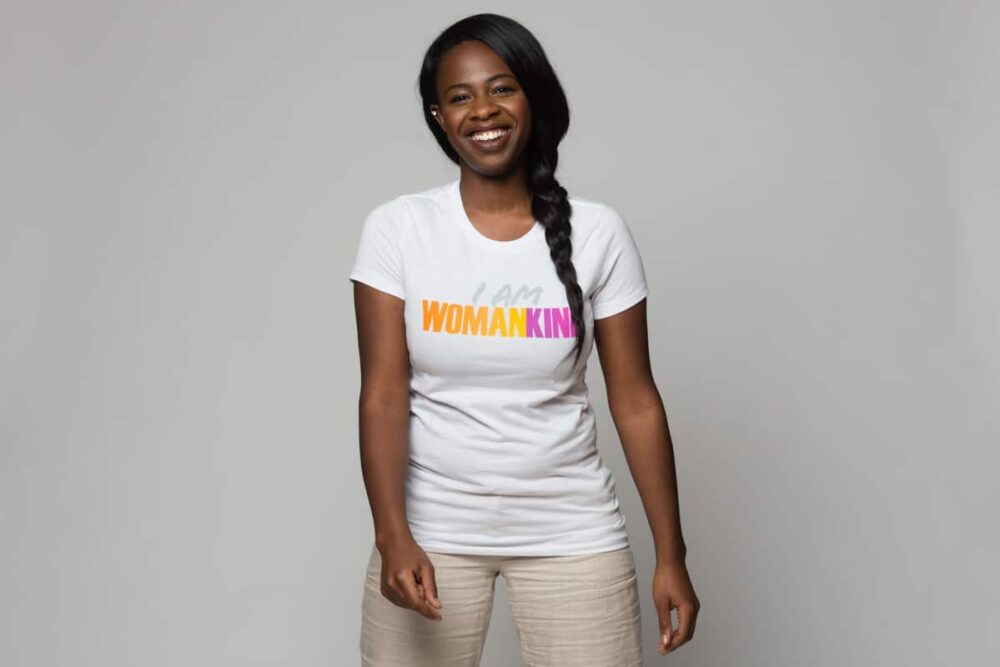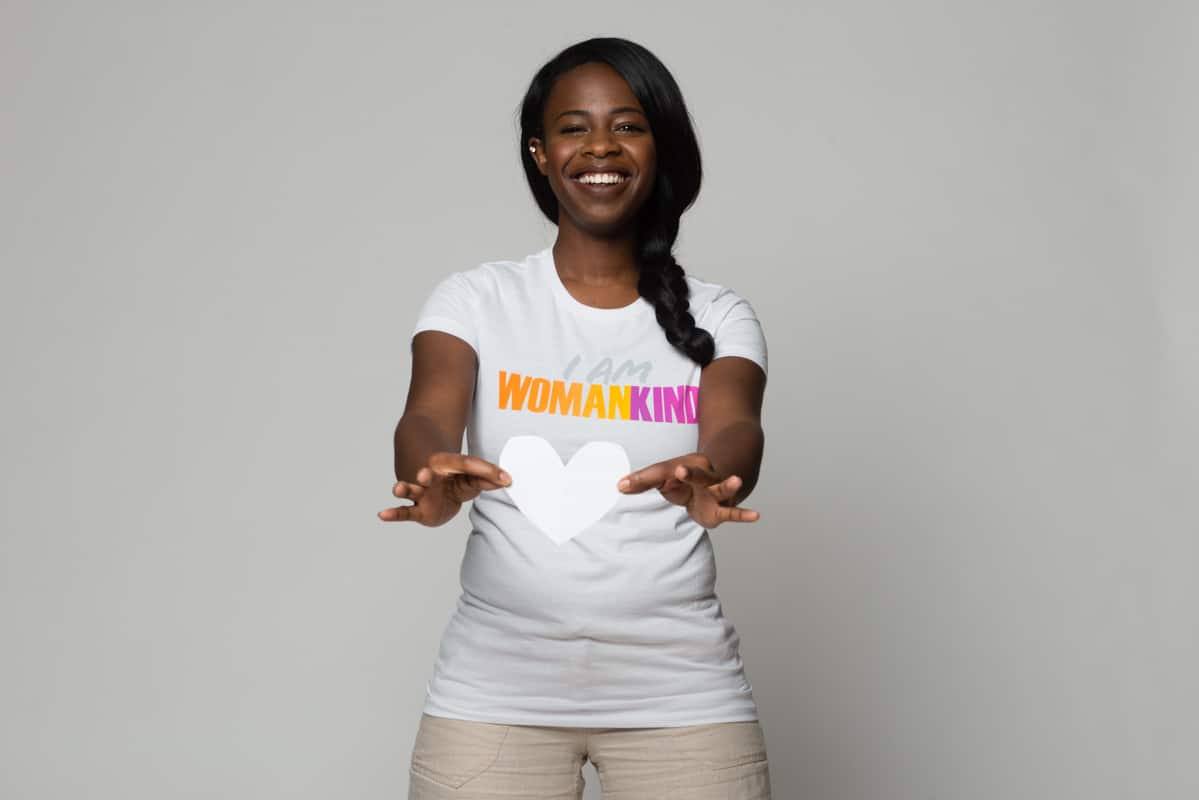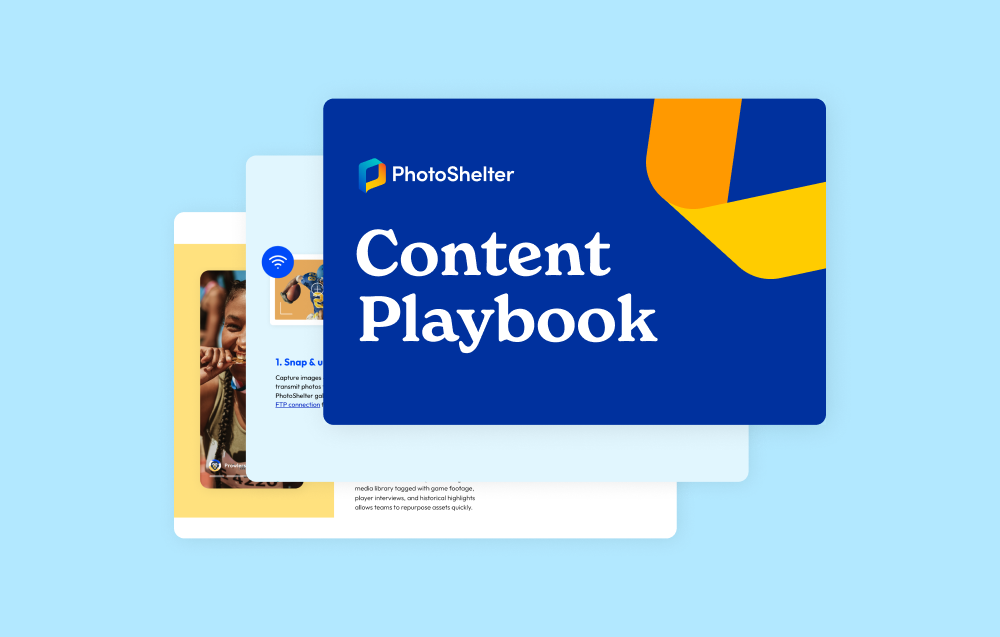Share
Nonprofits, Copyright & Photography: 4 Marketing Strategy Myths
Nonprofit organizations can contribute enormously to the social fabric of various communities, providing invaluable products and services that migh...

Nonprofit organizations can contribute enormously to the social fabric of various communities, providing invaluable products and services that might otherwise be unavailable. Because nonprofits generally maintain charitable mission statements, there’s a tendency to believe that they are somehow exempt from the mechanics of the for-profit world.
Like for-profit businesses, they need to grow their audience, increase the amount of money people are giving them, and shape their marketing to benefit their organization. If nonprofits didn’t spend any money on their events and marketing then they wouldn’t raise any money at all. Luckily, there is software for nonprofits that allows them to get more donors and improve relationships with existing donors to maximize their donations. A lot of people don’t understand that nonprofits still follow a similar structure to for-profit businesses. On top of this, nonprofits rely on visual storytelling in their marketing efforts to appeal to advocates and donors, which means photography and videography are an important and necessary ingredient. But the tax-exempt status doesn’t eliminate the legal liabilities (and arguably moral responsibilities) around content licensing and copyright infringement.
Dispelling a few myths regarding the licensing of photos and respecting copyright can mitigate risk for a nonprofit against the threat of lawsuit and other legal action.
Myth 1: Photographers should charge my organization less
Photographers are often approached by nonprofits that have “little or no budget” for photos and video. And while there is nothing inherently wrong with soliciting in-kind donations – especially to photographers who share a passion for your organization – many photographers shy away from these gigs for a few reasons.
First, the IRS doesn’t allow photographers to deduct the value of time or services, so there’s no tax benefit in dealing with a nonprofit. Working for an undermarket rate necessarily means that there is a financial opportunity cost. A photographer who could otherwise make $1000 with a different client would arguably have more benefit in maximizing their income and then making a cash contribution to a nonprofit than simply working at a discounted rate or for free. This is why some photographers may turn to investing in the stock market to make some extra money. Reading such things as stash reviews to find the best stock options, is one of the first things on the list.
Secondly, many nonprofits have significant operational budgets. An example of this is that several nonprofits splash out on high-tech solutions, like objective and key results software to up the ante on their marketing (here are some examples of marketing OKRs if you want to find out more) they have the budget for it and for you. There’s no reason why photographers should discount their services for a nonprofit when their tax attorney might be paid a market rate.
“Not-for-profit is a tax status, not an inability to pay market rates for quality work,” explained photographer Brian Morowczynski in a photo business Facebook group.
Every organization needs to exercise fiscal responsibility, but building a relationship with a photographer who can provide high quality photos and services is similarly important. Paying a fair rate is certainly a component in building that relationship. Building a relationship doesn’t preclude a photographer from discounting or donating his/her services, but building a successful marketing campaign off of unpaid work is probably not sustainable.
And photographers, be they a Cape Cod family photographer or any other, are increasingly savvy, sometimes reviewing IRS Form 990s for the nonprofits that they are working with to get a better barometer on the fiscal health of the organization.

Myth 2: I can post other organizations’ photos in my social media accounts
For better or worse, social media has an ethos of “sharing with credit” that flies in the face of intellectual property rights and copyright law. When it comes to social conscience issues, people freely share photos without consideration for the photographer and the effect that the sharing has on the potential market for the image(s).
Even conservation photographers – people whose photography actively promotes and advocates for conservation outcomes – rarely give their photos away for free because their target market is the organizations that would want their images. They wouldn’t be able to make a living from photography if businesses (nonprofit or for-profit) didn’t pay a fair market value for their work.
“We have a responsibility to one another to hold up the business end of conservation photography,” said David Showalter, a conservation photographer working in the grasslands, sagebrush and alpine ecosystems of the American West in a PhotoShelter podcast. “We have to get paid for our work, or we can’t do this work.”
Using other people’s photos without their consent or without a license is copyright infringement, and doing so leaves your organization open to legal action.
Great photography drives engagement. Paying for great photography helps to ensure that more of it will be around tomorrow.
Myth 3: I can handout my photography to media and other organizations
Most photography licenses have strict language around how an image can be used. If you license a photo for use in your annual report, you can’t use the image in your social media feed unless that utilization was also included in the license.
It is unfortunately common for organizations to believe that all licenses include the right to distribute images to media, partners and other organizations. But this is often not the case and can lead to some unpleasant surprises for both the photographer and nonprofit. When in doubt, ask the photographer/copyright holder to explain what types of distribution are covered under the license agreement.

Myth 4: My nonprofit is insulated against copyright infringement lawsuits
In 2002, the United State Postal Service licensed an image of the Korean War Veterans’ Memorial in Washington D.C. from former marine John Alli for use on a stamp commemorating the 50th anniversary of the armistice. Despite Alli’s warning that the USPS should seek the permission of the sculpture’s copyright owner, the USPS issued the stamp after only paying Alli a $1500 licensing fee.
In 2006, the artist of the memorial, Frank Gaylord, sued the USPS for copyright infringement. When the case went to court, the government argued that the stamp fell under the exclusion of liability for copyright infringement under the Architectural Works Copyright Protection Act. Nine years later after a series of appeals, Gaylord was award $540,000 for copyright infringement – a figure that was calculated by assigning a 10% royalty to merchandise and unused stamps (i.e. those acquired by collectors) using Gaylord’s work.
The USPS can’t raise its rates without Congressional approval, and gets slammed by President Trump for “charging Amazon and others so little to deliver their packages…” It’s hard not to feel sympathetic, but emotion didn’t absolve the organization of its responsibility for copyright infringement.
The case might not strike most observers as an obvious instance of copyright infringement. But the larger point remains: A nonprofit or government entity status doesn’t remove liability or lessen the chance of legal action.
***
Copyright Crash Course: What Marketers Need to Know
Want to learn more about copyright? Watch our on-demand webinar with PhotoShelter Co-Founder and Chairman Allen Murabayashi!
In this on-demand webinar, you’ll learn:
- What an image license is in relation to your brand’s content
- The dangers of using free content
- How to navigate copyright in the age of social media
- Lessons from copyright battles between brands and creators
- Tips for managing usage rights and a new solution from PhotoShelter that will help you navigate these complicated issues




